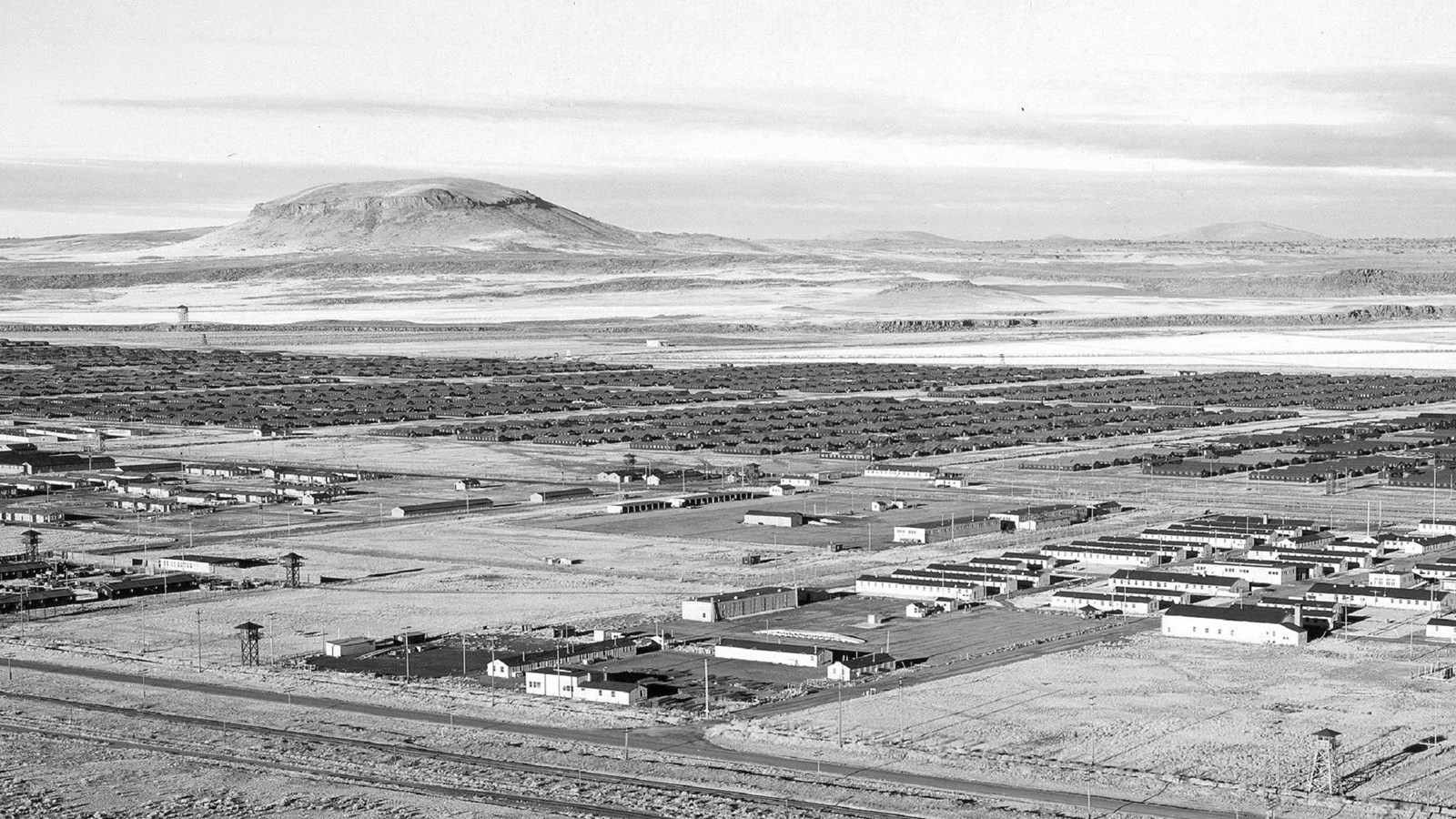
Japanese internment camps during World War II remain a dark chapter in American history. After the attack on Pearl Harbor, fear and prejudice led to the forced relocation and incarceration of around 120,000 Japanese Americans. Executive Order 9066, signed by President Franklin D. Roosevelt, authorized this mass imprisonment. Families were uprooted from their homes, businesses, and communities, often losing everything. Conditions in the camps were harsh, with overcrowded barracks, inadequate facilities, and limited privacy. Despite these hardships, many internees showed incredible resilience, forming schools, newspapers, and even sports leagues. Understanding this period is crucial to ensuring such injustices never happen again.
The Origins of Japanese Internment Camps
During World War II, Japanese internment camps were established in the United States. These camps were a response to the attack on Pearl Harbor and the ensuing fear of espionage and sabotage.
- President Franklin D. Roosevelt signed Executive Order 9066 on February 19, 1942, authorizing the internment of Japanese Americans.
- Approximately 120,000 Japanese Americans were forcibly relocated to internment camps.
- Two-thirds of those interned were American citizens by birth.
- The internment affected Japanese Americans living on the West Coast, including California, Oregon, and Washington.
Life in the Camps
Life in the internment camps was harsh and challenging. Families faced numerous difficulties and had to adapt to a new way of living.
- Internment camps were often located in remote, desolate areas with harsh climates.
- Families lived in cramped barracks with little privacy.
- Barbed wire fences and armed guards surrounded the camps.
- Internees had to work in the camps, often performing agricultural labor or other menial tasks.
- Education for children continued, but resources were limited and conditions were poor.
Legal and Social Implications
The internment of Japanese Americans had significant legal and social consequences. It raised questions about civil liberties and the treatment of minority groups.
- The Supreme Court upheld the internment in the 1944 case Korematsu v. United States, citing national security concerns.
- Many Japanese Americans lost their homes, businesses, and personal property during the internment.
- The internment camps were closed in 1945, but the effects lingered for decades.
- In 1988, President Ronald Reagan signed the Civil Liberties Act, which formally apologized for the internment and provided reparations to surviving internees.
Cultural Impact and Legacy
The internment of Japanese Americans left a lasting impact on American culture and history. It serves as a reminder of the importance of protecting civil liberties.
- The internment experience has been depicted in various films, books, and documentaries.
- Japanese American communities have worked to preserve the history of the internment through museums and memorials.
- The Manzanar National Historic Site in California is one of the most well-known internment camp sites preserved for public education.
- The internment experience influenced Japanese American art, literature, and activism.
Personal Stories and Reflections
Personal stories from internees provide a deeper understanding of the internment experience. These accounts highlight the resilience and strength of those who endured the camps.
- Many internees shared their experiences through oral histories and autobiographies.
- Some internees went on to become prominent figures in American society, such as Senator Daniel Inouye and activist Yuri Kochiyama.
- The internment experience fostered a strong sense of community and identity among Japanese Americans, leading to increased activism and advocacy for civil rights.
Reflecting on History
Japanese internment camps during World War II remain a stark reminder of how fear and prejudice can lead to injustice. Over 120,000 Japanese Americans were forcibly relocated, losing homes, businesses, and their sense of security. Despite these hardships, many internees showed resilience, contributing to the war effort and rebuilding their lives post-internment. This dark chapter in American history teaches valuable lessons about civil liberties and the dangers of racial profiling. Understanding these events helps ensure such injustices aren't repeated. History isn't just about dates and events; it's about real people and their stories. By remembering the past, we honor those who suffered and work towards a more just future. Let's continue to educate ourselves and others, fostering empathy and understanding in our communities.
Was this page helpful?
Our commitment to delivering trustworthy and engaging content is at the heart of what we do. Each fact on our site is contributed by real users like you, bringing a wealth of diverse insights and information. To ensure the highest standards of accuracy and reliability, our dedicated editors meticulously review each submission. This process guarantees that the facts we share are not only fascinating but also credible. Trust in our commitment to quality and authenticity as you explore and learn with us.


